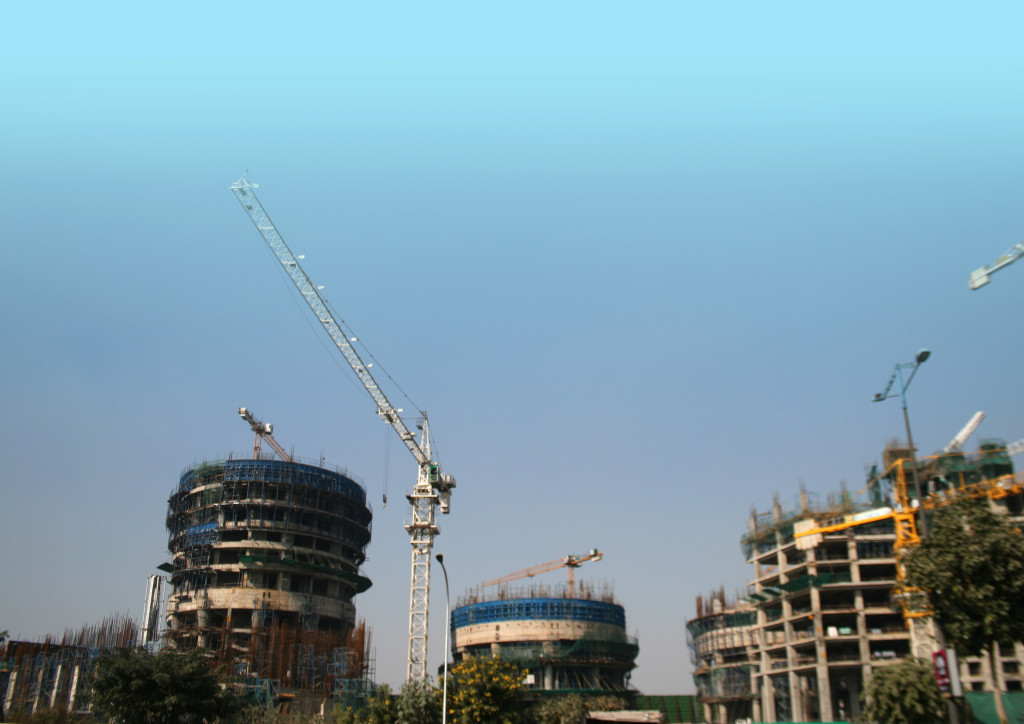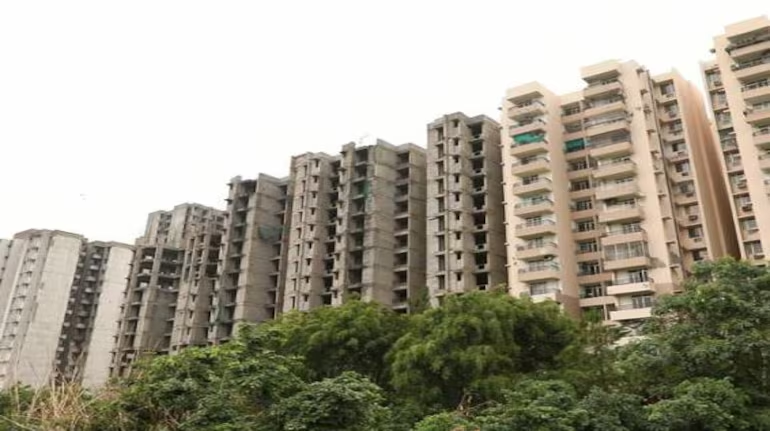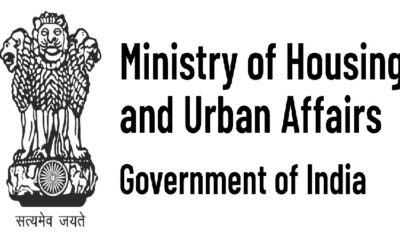Top Stories
Land Acquisition Ordinance
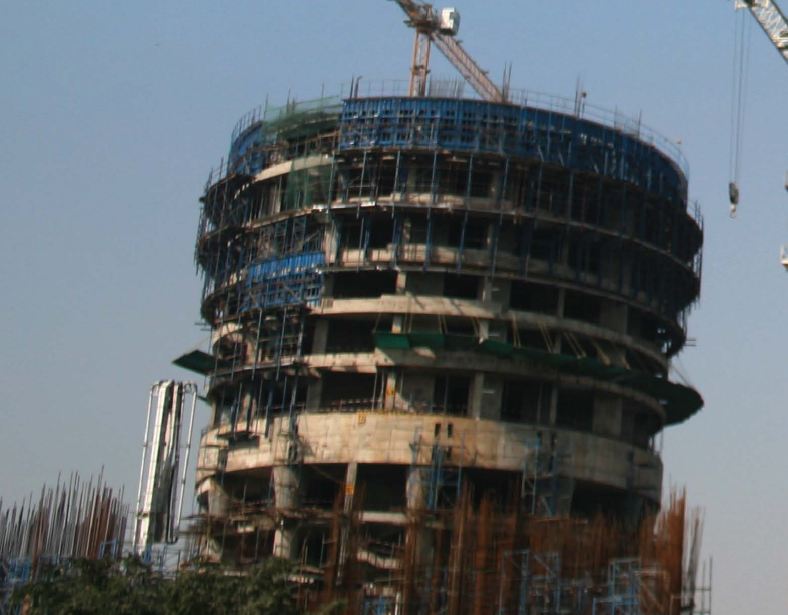

With infrastructure and realty projects in excess of $300 billion had been held up due to land-acquisition related hassles, the Government has put into effect an ordinance that adds five categories of projects that will be exempted from prior consent from affected families as well as Social Impact Assessment. The Government claims the move is aimed at meeting the strategic and developmental needs of the country while promoting farmer welfare.
To signal its earnestness in pushing reforms through, the Narendra Modi-led Government on December 29 cleared an ordinance to amend the Land Acquisition Act, 2013, by including five new categories of projects that would not require prior consent from affected families as well as Social Impact Assessment (SIA). However, the sensitive provisions relating to compensation, relief and rehabilitation have been left untouched.
What the ordinance will help avoid is the hassle in obtaining permissions from 70-80 per cent of the farmers for acquiring their land. For specified projects, there will also be no need for a SIA.
Announcing the Union Cabinet’s decision, Finance Minister Arun Jaitley said: “We have tried to achieve a balance … higher compensation will continue … procedural rigours would be loosened or eased in relation to the five defined purposes.”
The Right to Fair Compensation and Transparency in Land Acquisition, Rehabilitation and Resettlement Act, 2013 brought in last year by the previous UPA Government had been criticised by the industry for making land acquisition more complicated and
tedious.
Under the Act, prior consent is required from 70 per cent of the affected families if land is being acquired for PPP projects and from 80 per cent in case of private companies. SIA is mandatory and has to be completed within six months.
The NDA Government has now amended Section 1 O(A) of the Act to expand the list of projects that would not require SIA and prior consent of affected families. These include projects for defence and defence production, rural infrastructure including rural electrification, affordable housing and housing for the poor, industrial corridors as well as infrastructure and social infrastructure projects including public private partnership projects wherein the ownership continues to vest with the Government.
An official press release claimed that the proposed amendments meet the twin objectives of farmer welfare, along with expeditiously meeting the strategic and developmental needs of the country.


ARUN JAITLEY, Finance Minister


LK JAIN, Chairman, Credai


SUNIL MANTRI, President, Naredco
• The ordinance will help avoid the hassle in obtaining permissions from 70-80 percent of the farmers for acquiring their land. For specified projects, there will also be no need for a SIA.
• These Include projects for defence and defence production, rural infrastructure including rural electrification, affordable housing and housing for poor, industrial corridors as well as infrastructure projects including public private partnership projects wherein the ownership continues to vest with the Government.
• The NDA Government began the process of easing the Act soon after it came to power in May 2014. In July, the ministry had sent a report to the PMO based on inputs received from state suggesting changes to the Act which would make it more industry-friendly.
• Skeptics are of the view that it is highly unlikely if anyone would like to proceed with a project unless these changes are finally legislated.
•There is also a view in certain quarters that despite the Government’s tall claims, farmers will still get a raw deal even after the Act is implemented – the reason being change in land-use after acquisition.
The NDA government began the process of easing the Act soon after it came to power in May 2014. In July, the ministry had sent a report to the PMO based on inputs received from states suggesting changes to the Act which would make it more industry-friendly.
The real estate sector has expectedly welcomed the changes to the Act as chronic delays with regard to approvals have been a major obstacle for projects. The industry feels that any pick-up in infrastructure is bound to have a beneficial ‘knock-on’ effect on the realty sector as well.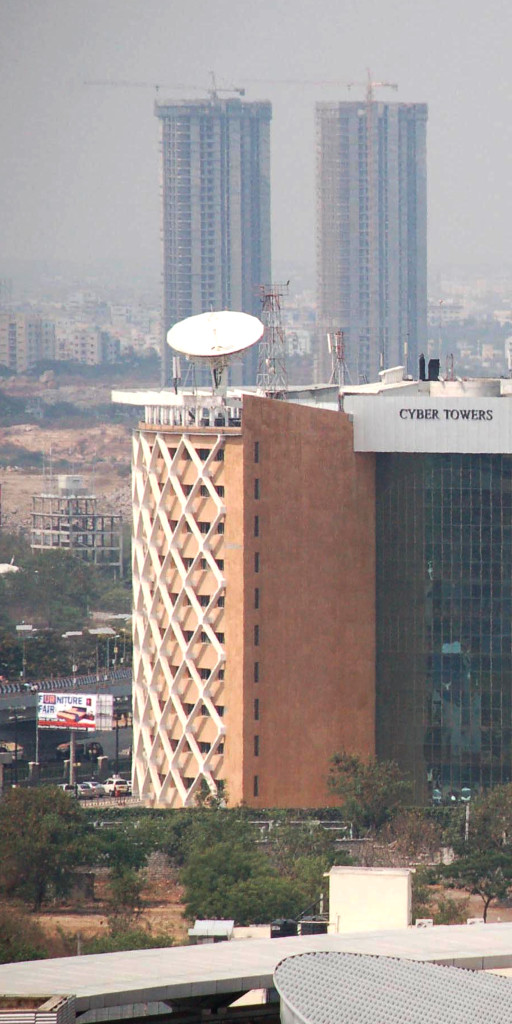

“It is a welcome development and will hopefully ensure that land acquisition is done for the desired purpose, that it is speedy and remains viable for the developer,” said LK Jain, Chairman, Confederation of Real Estate Developers Associations of India (Credai). He added that infrastructure and realty projects in excess of $300 billion had been held up due to land-acquisition related hassles.
“It is a very positive and bold step and would boost sentiments,” said Sunil Mantri, President, National Real Estate Development Council (Naredco). “There has been a huge emphasis on infrastructure development by the government and any step to simplify procedures will have a beneficial impact for the real estate sector. There were too many hurdles disincentivising large-scale projects earlier.”
Though the initial reaction from the sector has been positive, skeptics are of the view that it is highly unlikely if anyone would like to proceed with a project unless these changes are finally legislated. The Government will face an acid test when the ordinance has to be passed by both the Houses of Parliament. Hence, as the benefits of the ordinance will accrue only after the Budget session, they find it of only symbolic value.
There is also a view in certain quarters that despite the Government’s tall claims, farmers will still get a raw deal even after the Act is implemented – the reason being change in land-use after acquisition. Land, they say, when used for agricultural purposes, has low value and, therefore, the four-time low value will still be low. The land value increases manifold once it becomes designated for industrial or infrastructure use. The only way to give farmers a fair deal is by pricing the land after its end-use is determined
-



 News4 weeks ago
News4 weeks agoKW Delhi 6 Mall Onboards New Brands
-



 News4 weeks ago
News4 weeks agoManasum Senior Living Launches IKIGAI GOA, A Senior Living Community in North Goa, in collaboration with Prescon Homes
-



 News4 weeks ago
News4 weeks agoBridging India Divide: Top 5 Tier- 2 Cities to Focus On
-



 News4 weeks ago
News4 weeks agoCommercial Realty Gets Tech Savvy: Fast Construction, Enhanced Convenience
-



 News3 weeks ago
News3 weeks agoGodrej Properties Sells Rs 3k cr+ Homes of Godrej Zenith, Gurugram, within 3 days
-



 News4 weeks ago
News4 weeks agoMultipoint Connection – A Definite Boon
-



 News3 weeks ago
News3 weeks agoRBI’s Status Quo on Key Policy Rates to Help Maintain the Real Estate Growth Momentum, Say Industry Stalwarts
-



 News2 weeks ago
News2 weeks agoOlive Announces Dhruv Kalro as Co-Founder






